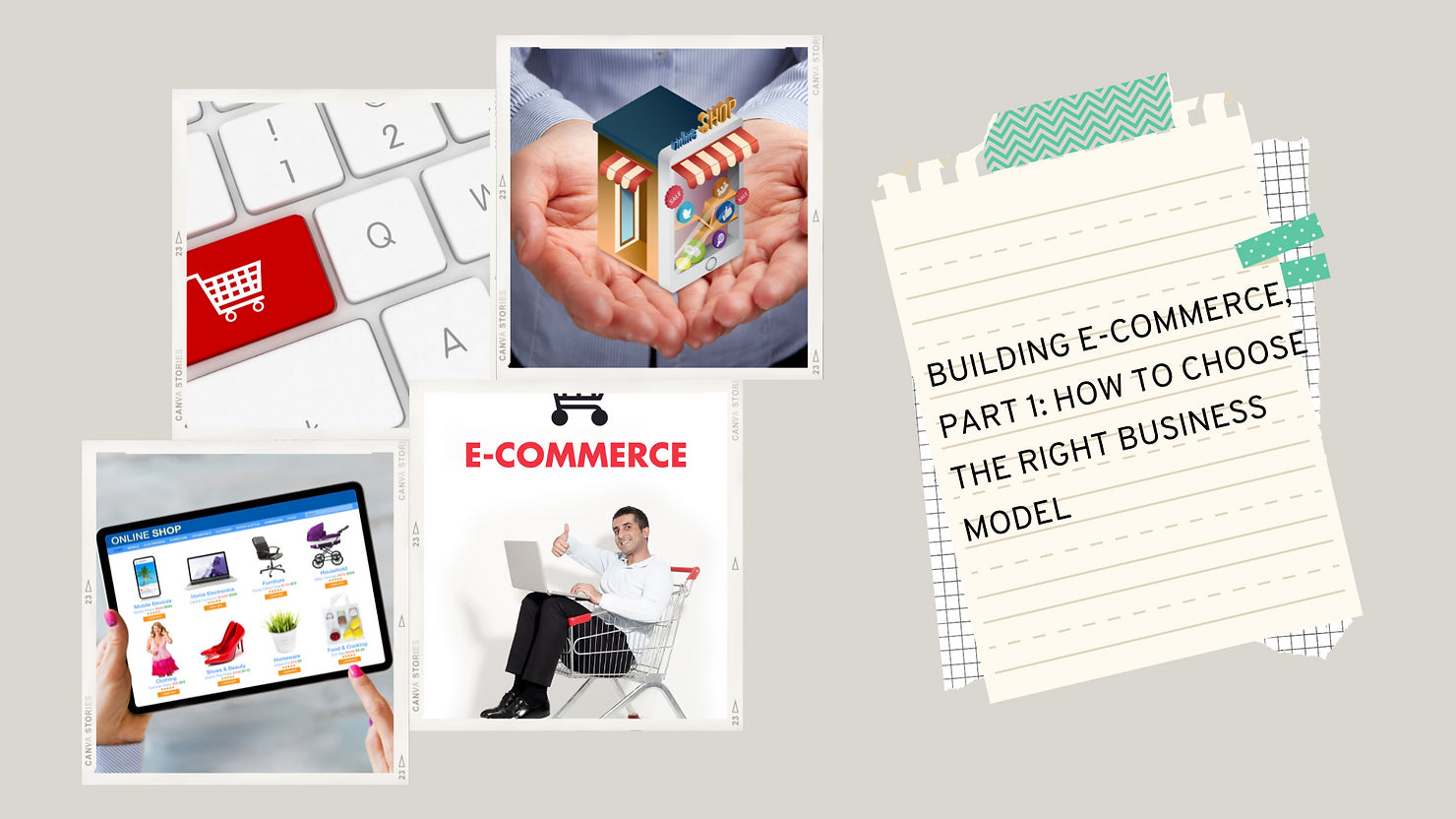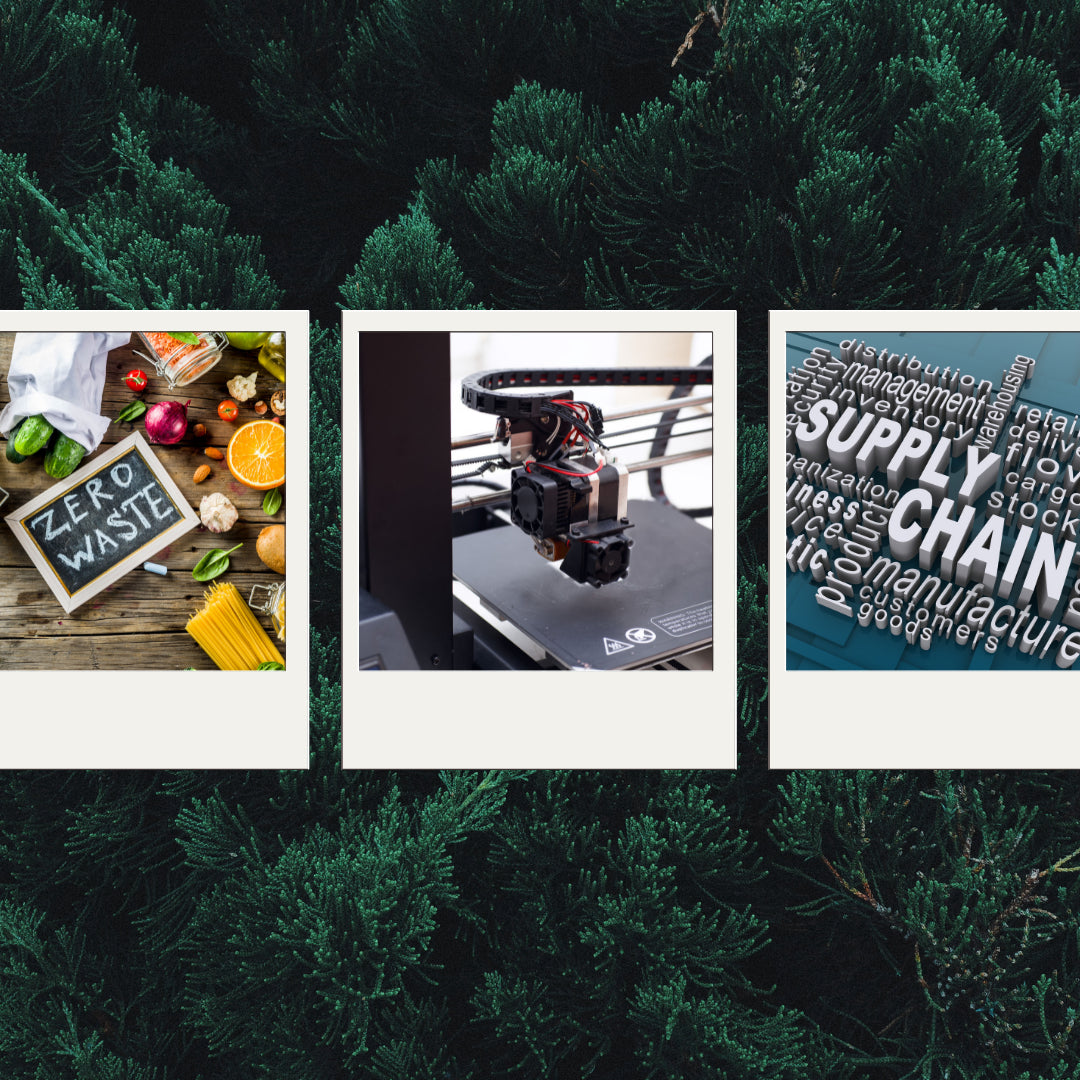E-commerce is a massive industry that is projected to grow exponentially in the coming years. Global retail e-commerce sales jumped from $3.35 billion in 2019 to $4.93 billion in 2021, and sales are projected to reach $7.39 billion by 2025.
The exciting thing about e-commerce is that anyone with a computer and an internet connection can start selling things online and get a share of the multi-billion-dollar industry. Shopify, an e-commerce platform alone is now hosting over 4 million e-commerce stores which clearly suggests that more and more entrepreneurs are starting online businesses. But how to begin if you are just getting started?
First and foremost, choose a business model
1. Dropshipping
Dropshipping is a type of business where a seller only takes care of marketing and sales while a product manufacturer or another third party handles the fulfillment. After a customer orders, a product — online, over the phone, or in a physical store —the item is shipped directly from the manufacturer to their doorstep, so the seller doesn’t have to keep inventory on hand.
Benefits of dropshipping:
-
Get started with less. Dropshipping removes the need to buy thousands of dollars worth of inventory upfront. In this model, you buy a product only when you’ve made a sale and have been paid by the customer. You also don’t have to deal with packaging and shipping, making it affordable to start a dropshipping business.
-
Scale when you desire. Looking to expand into a new market? Great! Just coordinate with the manufacturer, and you’re good to go. Unlike in a traditional e-commerce business, most of the work to process additional orders is borne by the manufacturer, allowing you to focus on expansion and growth.
-
Work anywhere. A dropshipping business can be run from just about anywhere with good internet. Your only job is to manage your storefront and ensure suppliers and customers can reach you. You can operate your business from a café, beach, your grandma’s basement — wherever you feel the most productive.
However, there are some things to be cautious about. First, the dropshipping niche you choose shouldn’t be oversaturated, as competition can quickly reduce your profit margin. Secondly, you need to understand which channels to use for sales as shoppers might spend more on certain platforms. Lastly and most importantly, the manufacturer should be willing to work with you and prioritize your needs. (Choosing the wrong manufacturer can put you out of business before you even start selling.)
2. Selling on marketplaces like Amazon, eBay, or Etsy
Marketplaces offer sellers convenience and peace of mind by offering instant access to millions of customers. This can make it seem like they’re an easy alternative to organizing marketing and full-on business operations. But understanding marketplaces and building a solid presence on them is actually a full-time job in itself.
Benefits of online marketplaces:
-
Easy to launch. Marketplaces like Amazon make things easier for sellers. All you need to do is create your shop, add products and prices, and manage the orders you receive. The marketplace creator handles the platform, SEO, marketing, and payments.
-
Gain trust. Selling on marketplaces allows sellers to leverage an established brand to build trust with their customers. When shoppers hear the name “Etsy” or “Amazon,” they feel confident and often go on to make a purchase.
Drawbacks of online marketplaces:
-
High fees. To sell on the likes of Amazon and eBay, you’ll have to pay a subscription fee + a commission on sales. If you think about it, your small business will be bearing a high cost when it scales on a marketplace.
-
Fast-moving algorithms. Keeping up with the algorithms that online marketplaces can be overwhelming for a small business. Ranking factors change all the time, so what works today might get your sales to drop next month.
-
Sales-focused. Online marketplaces are more interested in selling products rather than helping small businesses earn a profit. They might suggest products similar to yours but available at a lower price from other sellers, forcing you to lower your margins.
3. Direct to customer (DTC) e-commerce
Perhaps the most profitable business model, D2C e-commerce involves selling products directly to your customers instead of through another platform or third-party entity. It bypasses the need to adjust pricing based on what other resellers or retailers are charging. In D2C, you can practice competitive pricing strategies such as demand-based and cost-plus pricing.
Most D2C brands sell through online mediums. Platforms like Shopify have been a catalyst of growth in direct to customers e-commerce businesses, making it easy for anyone to create a D2C store and start selling products directly.
Benefits of D2C Ecommerce
-
Control your brand identity. D2C gives you full control over your brand’s identity and messaging. You get the freedom to create quality content and define your persona without having to adhere to a set of predefined rules for how you can establish your branding.
-
Leverage customer data. With D2C e-commerce, you have direct access to customer data. This means that you get to understand your customers, their preferences, and how they interact with your brand. Having this knowledge is crucial for creating better, more personalized buying experiences.
Drawbacks of D2C Ecommerce
-
Higher costs. D2C eliminates the expense of paying a third-party distributor or platform to get your products on the market. However, you’ll have to bear the costs of other business operations, from marketing campaigns to payment gateways, customer support, and more.
-
Increased competition. In the past, only a few businesses were focused on offering their products directly to consumers. But now, everyone from startups to large corporations are leveraging this business model to compete for the same customers. This raises the table stakes for small businesses entering the D2C world
Remember, whichever platform you pick, you will have to spend extensive time researching and understanding it. If you are just getting started, selling across multiple platforms would be a hassle. It’s best to focus your energy, time, and resources on becoming good in one platform. As the saying goes, less is more; focus on one platform and you'll get a bigger return.



